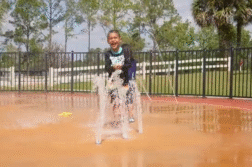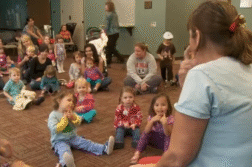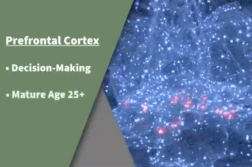DENVER, Colo. (Ivanhoe Newswire) — Limb differences come in all shapes and sizes, from subtle variations to significant challenges. In fact, half the population has some kind of difference in leg length. But other conditions can be more noticeable, ranging from a slight curve in a finger to fused fingers or a clubfoot and one in 1,900 babies are born missing part of or an entire limb. TAR Syndrome
Life is all kisses and giggles for two-year-old Hutt and his mom Lindi.
“He’s a thousand percent a mama’s boy,” she said.
But don’t let Hutt’s smile fool you — he is a fighter!
“We found out about 11 weeks that he would be different. They struggled to see his upper limbs,” recalled Lindi.
In utero Hutt was diagnosed with TAR syndrome.
“TAR was not even on the radar because it’s so rare. It’s not something that you ever, ever expect,” Lindi said.
Pediatric orthopedic surgeon Jue Cao, MD of HCA HealthONE Rocky Mountain Children’s confirms Hutt’s medical journey began even before he was born.
“You can find a limb difference as early as the first ultrasound,” Dr. Cao explained.
Children with TAR syndrome are missing a bone between the elbow and the wrist.
“There’s a genetic mutation that occurred that causes limb to form without a radius,” Dr. Cao said.
Hutt was also missing all the bones between his shoulders and wrists. His hands begin at his shoulders. That’s why a day after birth Hutt began physical therapy.
“We work on stretching and getting the wrist to be more flexible,” explained Dr. Cao
Core strengthening will help him walk and occupational therapy teaches him skills to help in everyday tasks.
“He does speech therapy on Mondays. He does PT on Tuesdays and Thursdays, and he does OT on Wednesdays of every week,” Lindi told Ivanhoe.
Hutt is expected to walk and talk and live a long life, and although he will have his own journey, Dr. Cao and Hutt’s mother believe nothing will stop him.
“I always say that extraordinarily different is extraordinary. And I feel like that is him every single day,” said Lindi.
TAR is hereditary, both parents must carry the recessive gene and have a 25% chance of passing the condition to their child. Researchers believe other limb differences may be linked to exposure to chemicals, medications, viruses or tobacco use during pregnancy.
Contributors to this news report include: Marsha Lewis, Producer; Matt Goldschmidt, Videographer; Roque Correa, Editor.
To receive a free weekly e-mail on medical breakthroughs from Ivanhoe, sign up at: http://www.ivanhoe.com/ftk
Source:
https://rareparenting.com/invisible-and-visible-limb-differences-in-children/
FOR MORE INFORMATION, PLEASE CONTACT:
Madison McCauley
HCA HealthONE Rocky Mountain Children’s
Madison.Meredith@HCAHealthone.com
(303) 861-2663
If this story or any other Ivanhoe story has impacted your life or prompted you or someone you know to seek or change treatments, please let us know by contacting Marjorie Bekaert Thomas at mthomas@ivanhoe.com



